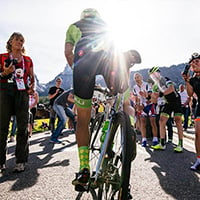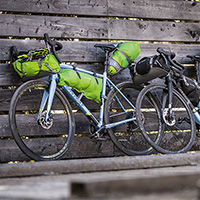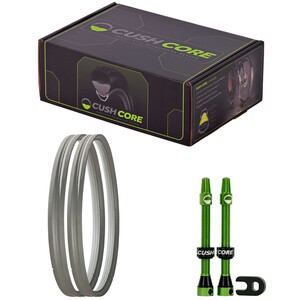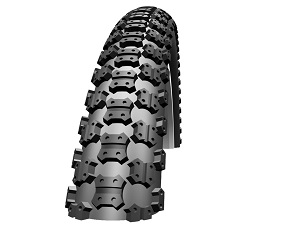Filter
Sort
Most popular
New products
Best rating
Highest price
Lowest price
Highest discount
Continental Terra Trail ShieldWall Folding Tyre 28x1.35" TLR E-25 black/black
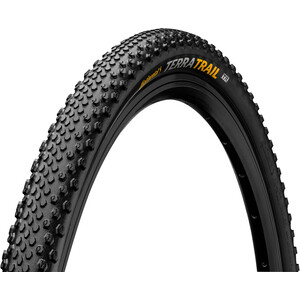

Continental
Terra Trail ShieldWall Folding Tyre 28x1.35" TLR E-25 black/black
£35.99
- Versions: 35-622 | 28x1,35"
SCHWALBE LandCruiser Plus Perform Clincher Tyre 28x1.75" PunctureG E-25 Green Compound Reflex black
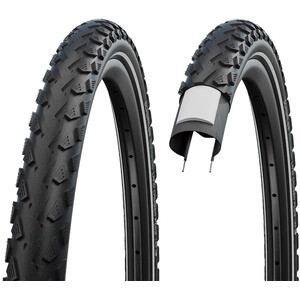

SCHWALBE
LandCruiser Plus Perform Clincher Tyre 28x1.75" PunctureG E-25 Green Compound Reflex black
£23.99
- Versions: 47-622 | 28x1.75"
SCHWALBE Rapid Rob Active Clincher Tyre K-Guard SBC 26x2.25" black/white

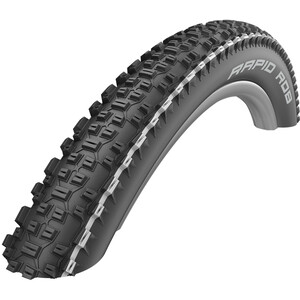
SCHWALBE
Rapid Rob Active Clincher Tyre K-Guard SBC 26x2.25" black/white
£19.99
- Versions: 57-559 | 26x2,25"
Continental Grand Prix Folding Tyre 700x28C black

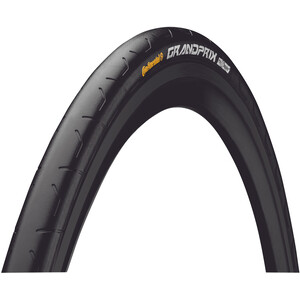
Continental
Grand Prix Folding Tyre 700x28C black
£40.99
- Versions: 28-622 | 700x28c
Vittoria Cross Terreno Dry Folding Tyre 700x33C anthracite/black

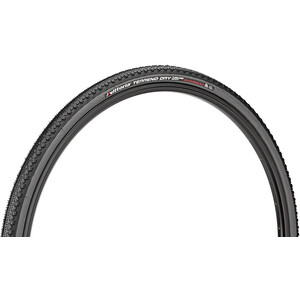
Vittoria
Cross Terreno Dry Folding Tyre 700x33C anthracite/black
£44.99
- Versions: 33-622 | 700x33
Continental Sprinter Tubular Tyre 650x22C SafetySystem Breaker

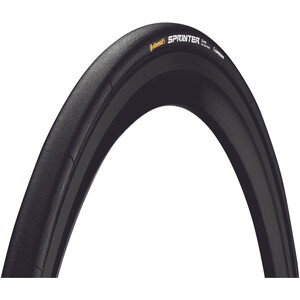
Continental
Sprinter Tubular Tyre 650x22C SafetySystem Breaker
£60.99
- Versions: 22-559
Vittoria Cross Terreno Zero Folding Tyre 700x38C black

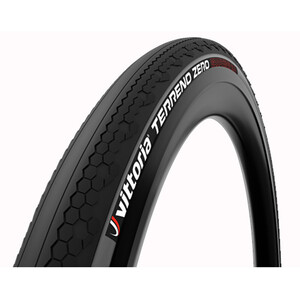
Vittoria
Cross Terreno Zero Folding Tyre 700x38C black
£26.99
- Versions: 40-622 | 700x38C
SCHWALBE Delta Cruiser Plus Active Clincher Tyre 28x1 1/2" PunctureG E-25 Green Reflex black

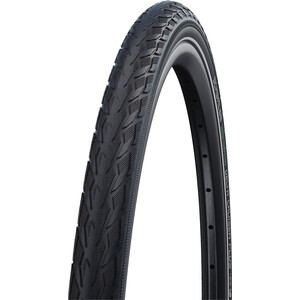
SCHWALBE
Delta Cruiser Plus Active Clincher Tyre 28x1 1/2" PunctureG E-25 Green Reflex black
£23.99
- Versions: 40-635 | 28x1 1/2"
SCHWALBE Road Cruiser Clincher Tyre 28x1.25" K-Guard Active whitewall

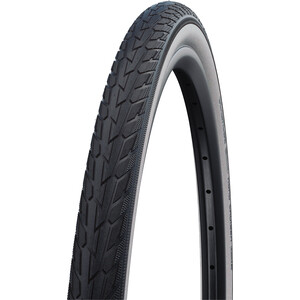
SCHWALBE
Road Cruiser Clincher Tyre 28x1.25" K-Guard Active whitewall
£18.99
- Versions: 32-622 | 28x1.25"
SCHWALBE Ice Spiker Pro Folding Tyre Performance DD RaceGuard SnakeSkin TLE 29x2.25" black

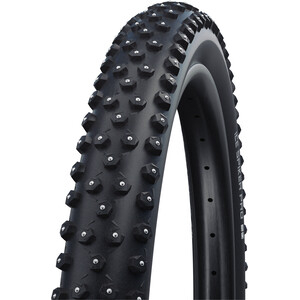
SCHWALBE
Ice Spiker Pro Folding Tyre Performance DD RaceGuard SnakeSkin TLE 29x2.25" black
£88.99
- Versions: 57-622 | 29x2,25"
Panaracer Gravelking SK Folding Tyre 700x43C TLC black/brown

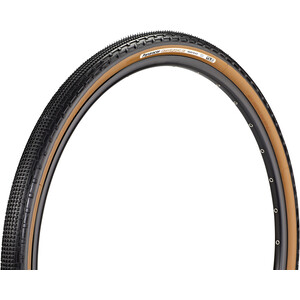
Panaracer
Gravelking SK Folding Tyre 700x43C TLC black/brown
£47.99
- Versions: 43-622 | 700x43C
SCHWALBE One Performance Folding Tyre 20x1.10" R-Guard Addix black

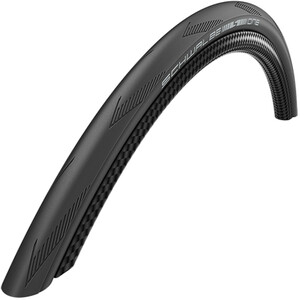
SCHWALBE
One Performance Folding Tyre 20x1.10" R-Guard Addix black
£36.99
- Versions: 28-406 | 20x1,1"
Continental Grand Prix 4-Seasons Folding Tyre 28" black

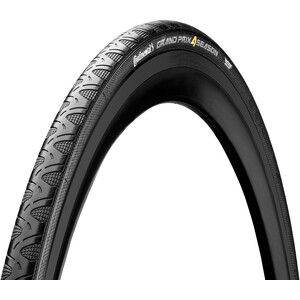
Continental
Grand Prix 4-Seasons Folding Tyre 28" black
£64.99
- Versions: 28-622 | 700x28c
Continental Contact Cruiser Clincher Tyre 28" E-25 Reflex creme

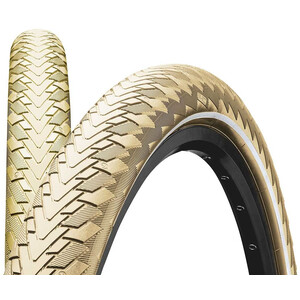
Continental
Contact Cruiser Clincher Tyre 28" E-25 Reflex creme
£26.99
- Versions: 55-622 | 28x2,2"
BBB Cycling EasyLift BTL-81 Tyre Lever 3 Pieces black

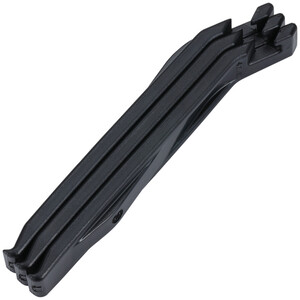
BBB Cycling
EasyLift BTL-81 Tyre Lever 3 Pieces black
£3.89
Peaty's X Chris King MK2 Tubeless Valves 42mm gold

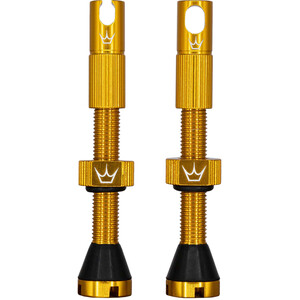
Peaty's
X Chris King MK2 Tubeless Valves 42mm gold
£31.99
Ritchey Pro Snap On Rim Tape 700C, 2 pcs. yellow

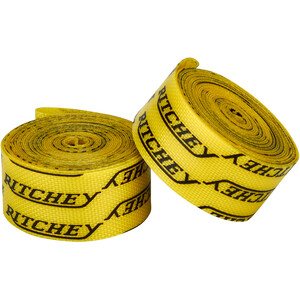
Ritchey
Pro Snap On Rim Tape 700C, 2 pcs. yellow
£7.09
- Versions: 17mm
Hutchinson Taipan Folding Tyre 26x2.10" TLR

not available
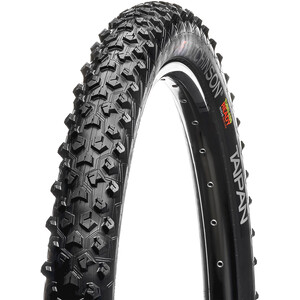
Hutchinson
Taipan Folding Tyre 26x2.10" TLR
£40.99
- Versions:
Michelin Country Trail Folding Tyre 26x2.00" black

not available
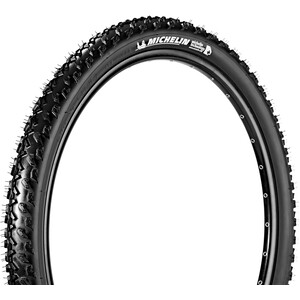
Michelin
Country Trail Folding Tyre 26x2.00" black
£25.99
- Versions:
Continental Cross King II Performance 2.3 Folding Tyre 26x2.30" black

not available
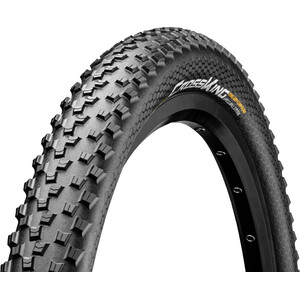
Continental
Cross King II Performance 2.3 Folding Tyre 26x2.30" black
£35.99
- Versions:
SCHWALBE Rightrun Active Clincher Tyre 26x1.00" for Wheelchair black

not available
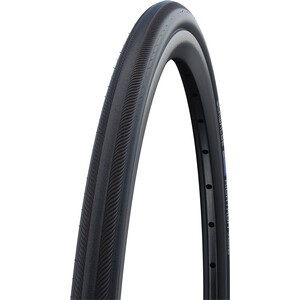
SCHWALBE
Rightrun Active Clincher Tyre 26x1.00" for Wheelchair black
£28.99
- Versions:
BBB Cycling HP BTI-95 Rim Tape 10m red

not available
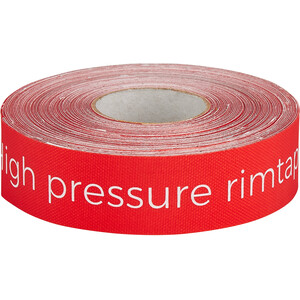
BBB Cycling
HP BTI-95 Rim Tape 10m red
£21.99
- Versions:
BBB Cycling HP BTI-98 Rim Tape white

not available
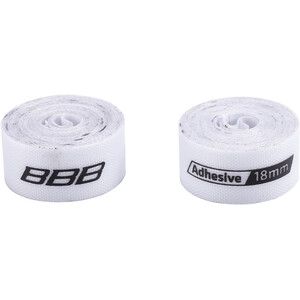
BBB Cycling
HP BTI-98 Rim Tape white
£8.79
- Versions:
BBB Cycling BTI-95 Rim Tape 16mm x 10m

not available
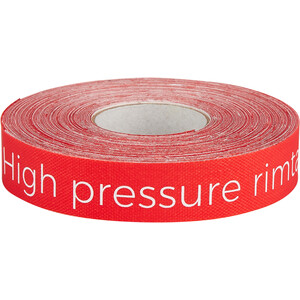
BBB Cycling
BTI-95 Rim Tape 16mm x 10m
£19.99
- Versions:
BBB Cycling BTI-151 Tubeless Rim Tape 10m yellow

not available
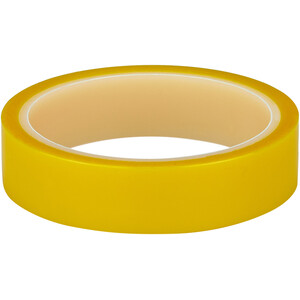
BBB Cycling
BTI-151 Tubeless Rim Tape 10m yellow
£14.99
- Versions:
BBB Cycling HP BTI-94 Rim Tape 27.5" red

not available
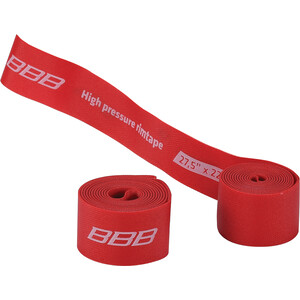
BBB Cycling
HP BTI-94 Rim Tape 27.5" red
£6.09
- Versions:
Continental EasyTape Rim Tape 20-584 Up To 8 Bar 2-Pack

not available
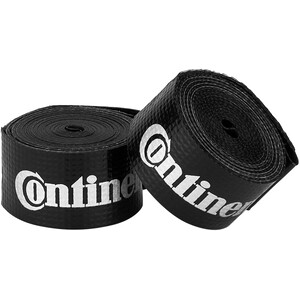
Continental
EasyTape Rim Tape 20-584 Up To 8 Bar 2-Pack
£5.39
- Versions:
Only available in some stores






























